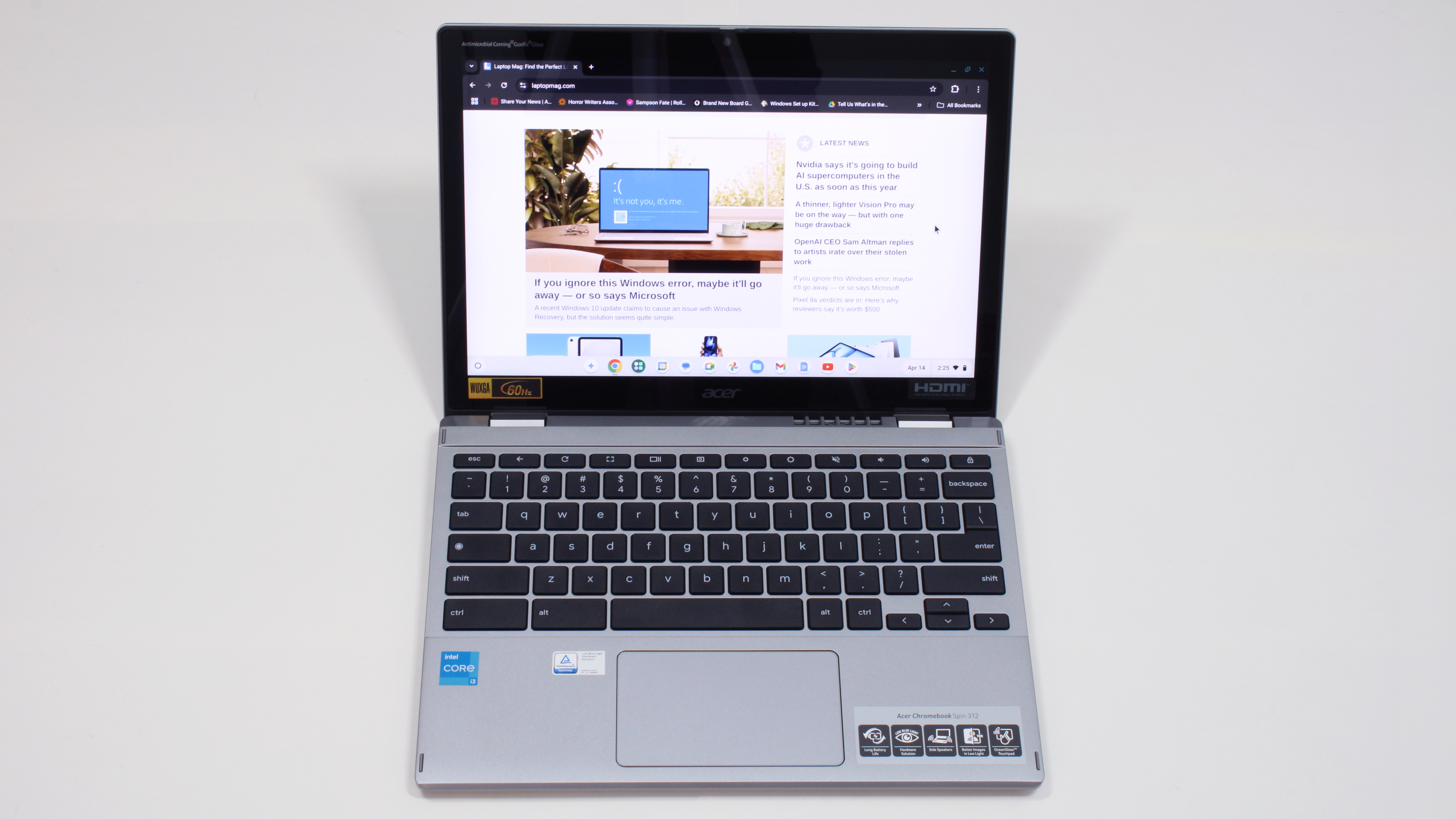Intel's 14A chips might finally prove a match for Apple Silicon
Intel 14A is expected to hit production in 2027
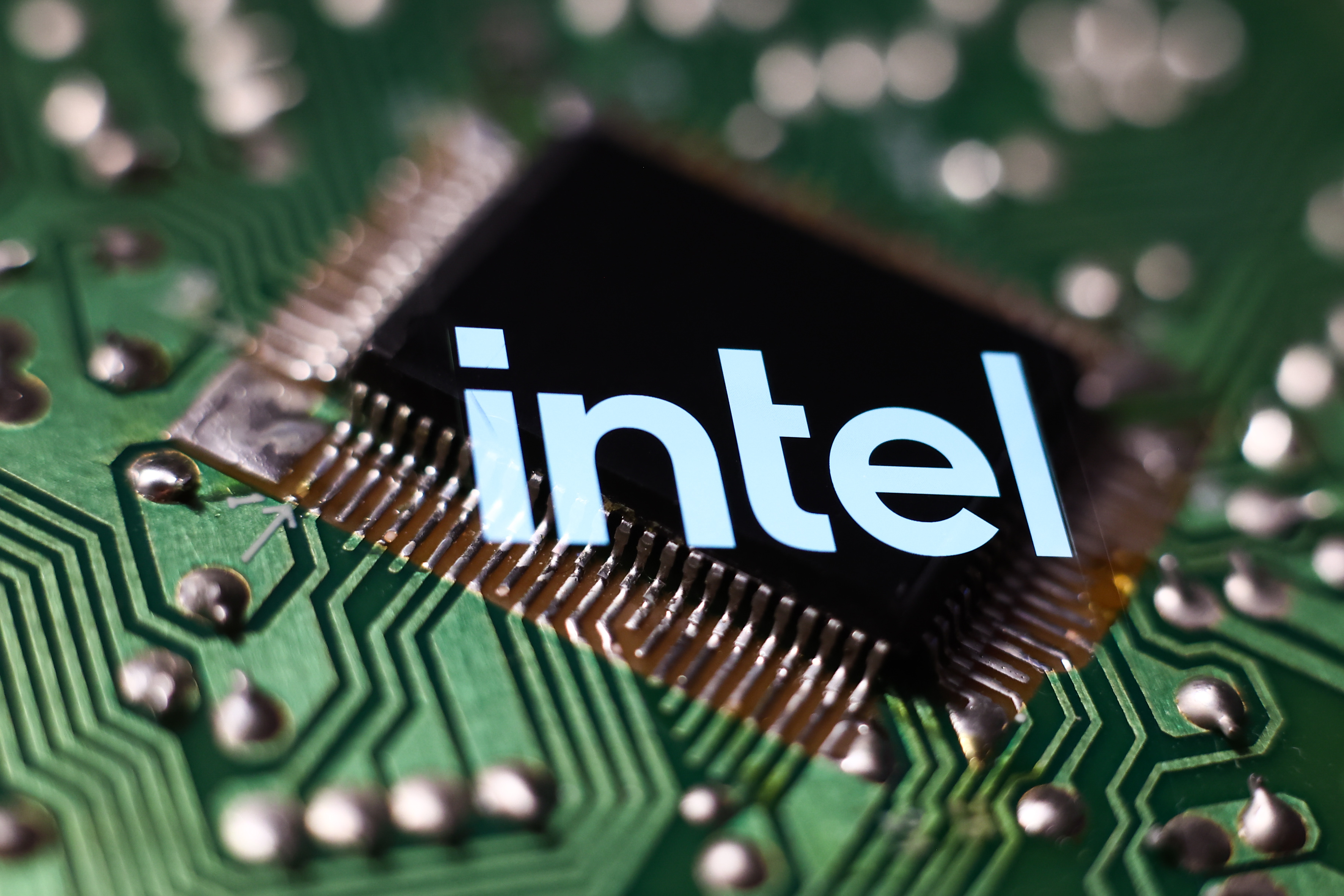
Intel Foundry is making major strides in 2025, and that could help Intel close the lead on Apple Silicon.
While Intel has taken aim at Apple's M4 in both performance and power efficiency, team blue hasn't yet been able to release a chip that competes on both metrics. But that could change soon.
This fall, Intel is expected to launch its first chips using the 18A process, codenamed Panther Lake. And in 2027, Intel will unleash its 14A process, which boasts increased power and enhanced efficiency.
Intel announced performance metrics for its upcoming 14A silicon process node during the Intel Foundry Direct Connect event in San Jose on Tuesday.
But what is Intel 14A, and what does it mean?
What is Intel 14A?
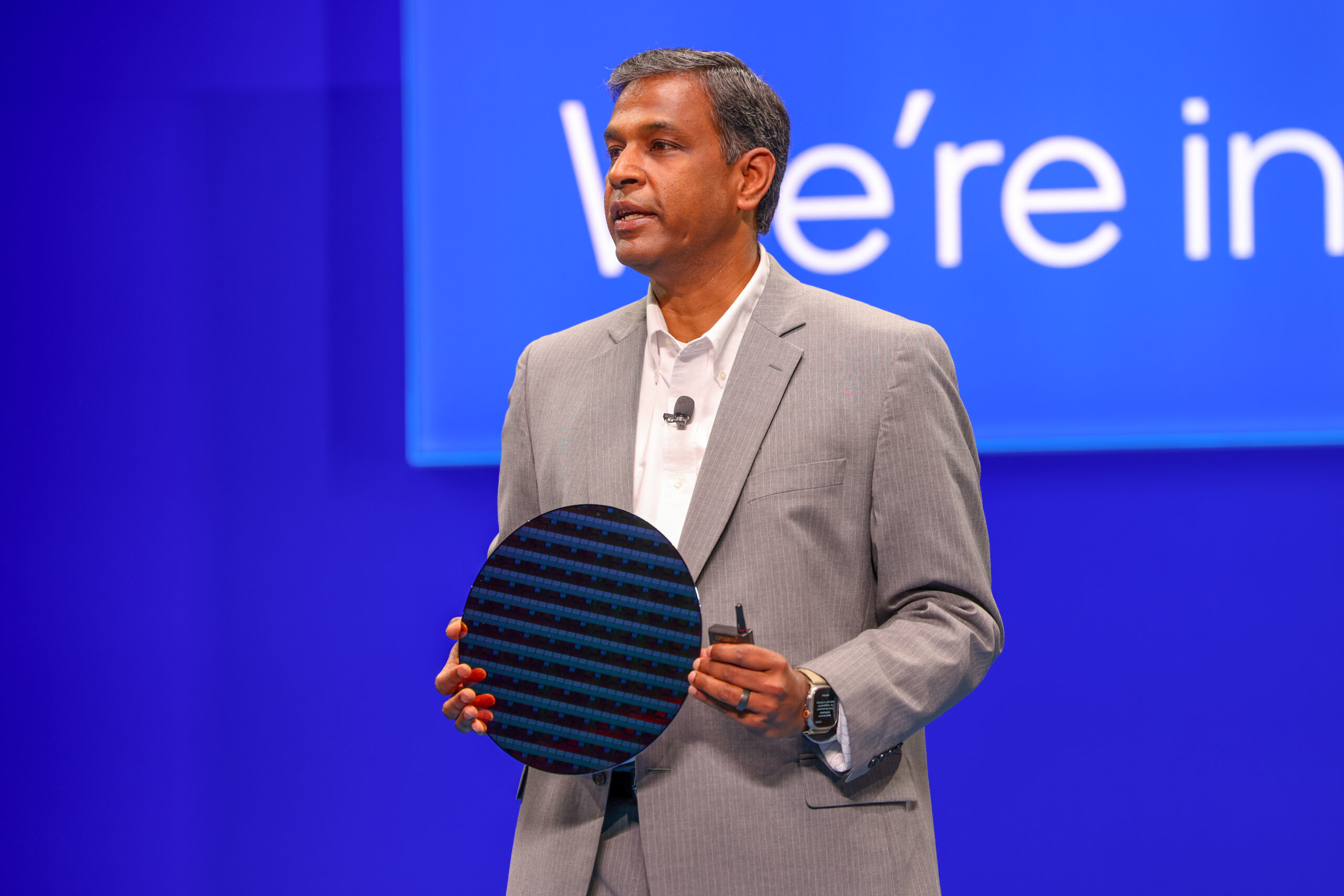
Intel 14A is a silicon wafer process node that will operate at 1.4 nanometers (nm) for its smallest component (typically based on the width of a transistor).
Smaller transistors on a wafer generally means we can make faster chips out of those wafers. The current generation of computer hardware is generally constructed using 3nm to 5nm wafers.
Sign up to receive The Snapshot, a free special dispatch from Laptop Mag, in your inbox.
So a chip made with a 1.4nm wafer should be significantly faster than a 3nm chip.
According to Intel's current testing and projections, the 14A process will be 25-35% better in terms of power consumption over the upcoming 18A (1.8nm) process node that will be used in Panther Lake.
Intel is also claiming that 14A chips will see a 15-20% performance per watt increase over 18A. This is due to some of the novel features Intel has packed into the 14A node, including a wider threshold voltage range and the introduction of turbo cells.
Expected to hit full production in 2027, Intel's 14A process node chips could be the game changer Intel needs to compete with Apple Silicon "without any compromises."
Intel's 18A chips are expected to compete with the M5 this fall
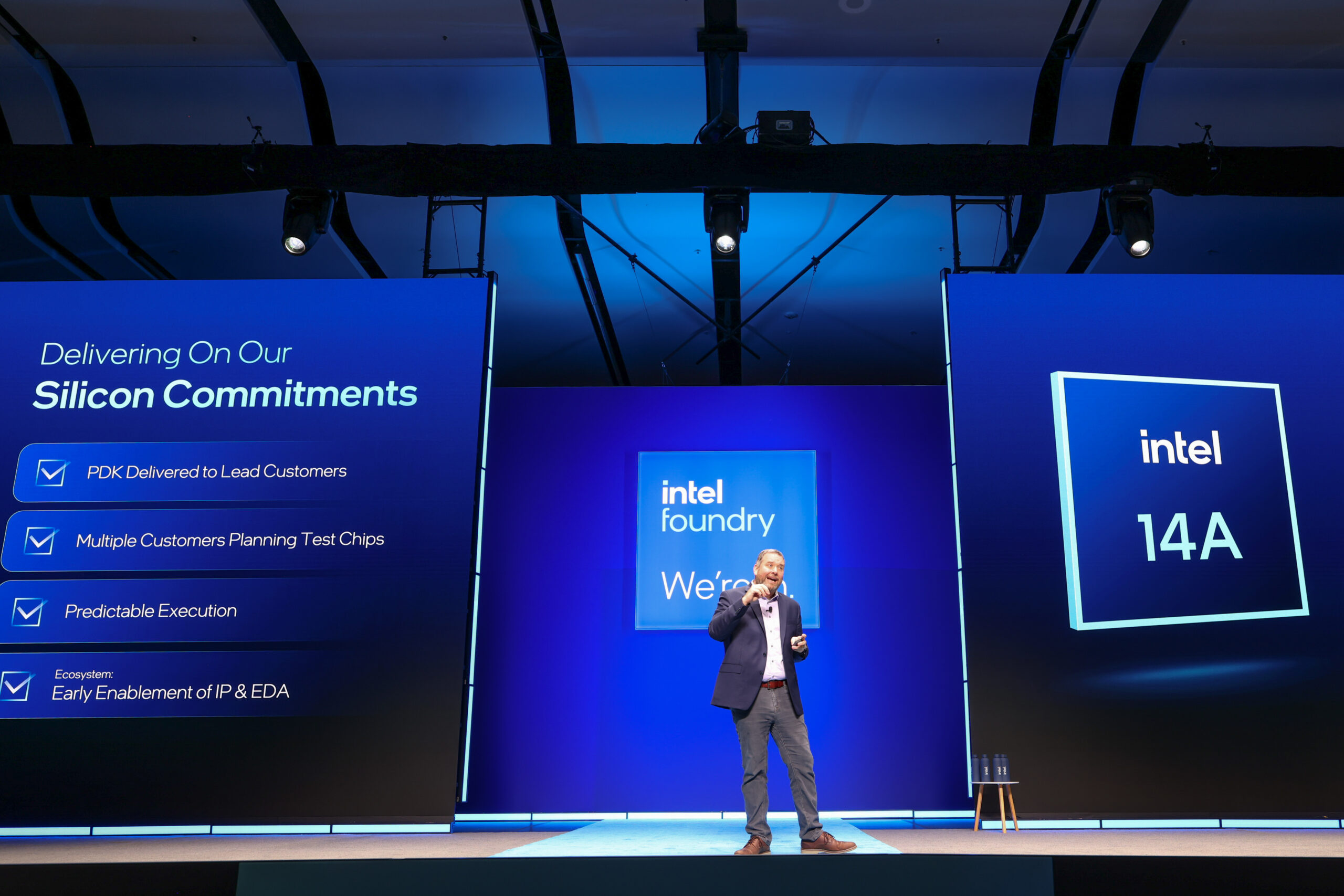
Apple is expected to release its latest silicon, the M5 series, this year, possibly as early as next month. Apple's M5 chips will be using a similar TSMC 3nm process node as the M3 and M4 generations.
And Intel is expected to debut its first 18A (1.8nm) chips this fall with the launch of Intel's Panther Lake mobile CPU.
Likely hitting the shelves as the Intel Core Ultra 300 series, these chips are expected to be a direct successor to Intel's Lunar Lake, at least as far as power efficiency and a powerful GPU are concerned.
According to previous announcements, Intel's 18A node is expected to deliver 25% more performance than the current Intel 3 node, at 36% lower power. Making it more powerful and more efficient than the current Intel 3 chips, used in the Intel Core Ultra 200U series processors (Arrow Lake U).
Intel's 18A is the first silicon wafer process node that supports backside power delivery, making it an industry first.
All of this should make Panther Lake a solid competitor for Apple's upcoming generation, but exactly how close Intel manages to get on the performance and efficiency metrics remains to be seen.
Is Apple vs Windows even a fair comparison?
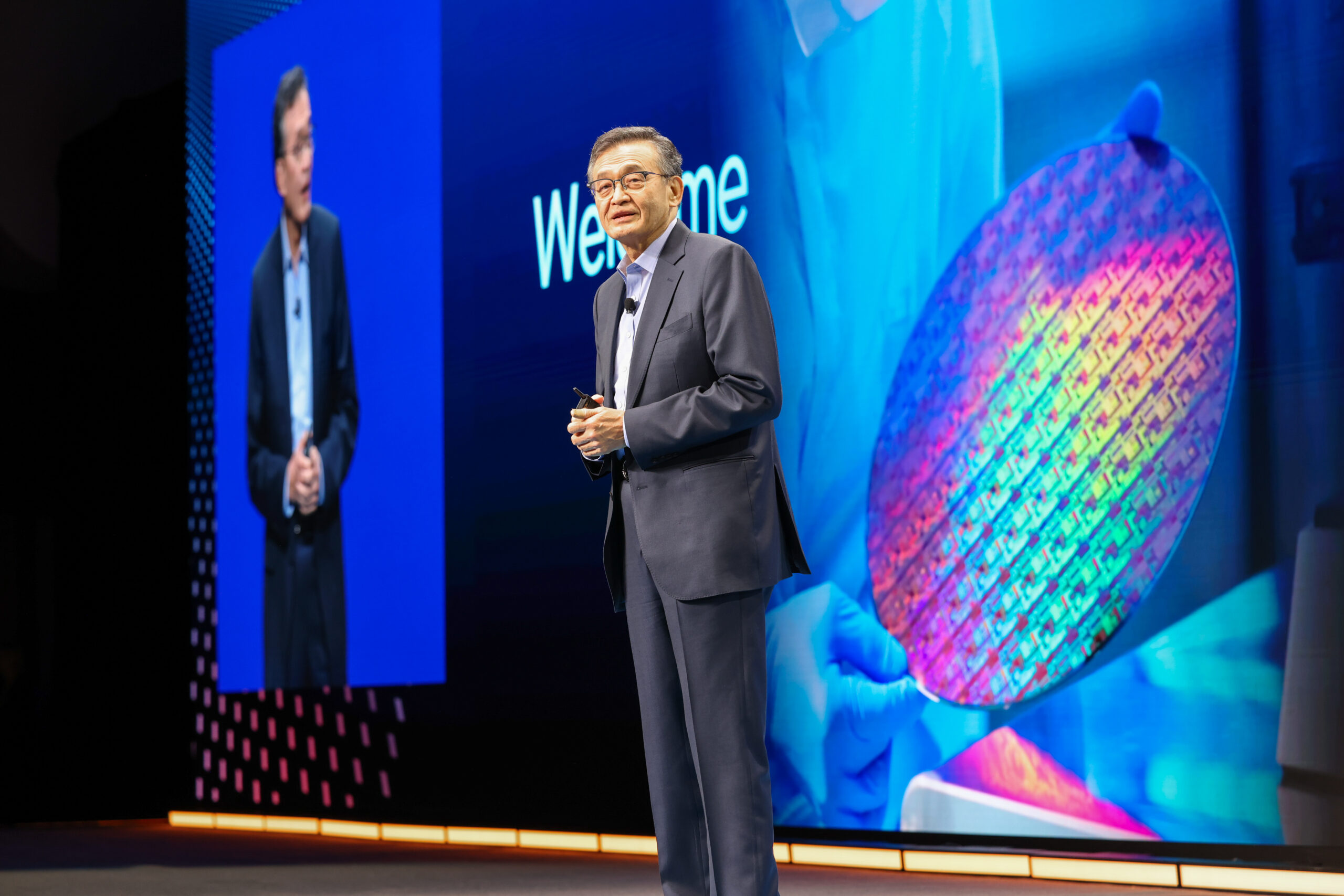
Despite the best efforts of AMD, Intel, and Qualcomm, Apple Silicon remains the benchmark to beat when it comes to laptop performance and battery life.
Intel's Lunar Lake chips could close the battery life gap and had shockingly good graphics performance, but these ultra-efficient CPUs fell short in terms of raw computing power. Intel's Arrow Lake H chips provided a direct competitor to Apple's M4 in terms of computing strength, but couldn't quite close the battery life gap.
While Intel's most powerful mobile chip this generation, the HX series processors have outperformed the Apple M4, and come close to hitting the same performance as the Apple M4 Pro, they can't compete in terms of battery life. Of course, Arrow Lake HX is pretty much always combined with a discrete GPU, which is part of the efficiency problem.
Qualcomm's Snapdragon X Elite is so far the only Windows chipset that can come close to touching Apple's proprietary silicon in terms of performance power and battery efficiency, but suffers compared to other Windows chips due to its smaller app library and lack of proper gaming support.
While most people will decide their next laptop purchase based on operating system or manufacturer, you shouldn't need to make any serious compromises by choosing a Windows system over a MacBook.
Which is why we still look at Apple as a comparison for Windows systems, and especially for x86 and Windows on Arm chipsets.
If Intel (and AMD and Qualcomm) keep pushing against Apple's lead, that can only mean better things for laptop buyers. You'll be getting more power and more efficiency regardless of what silicon you take home.
It's entirely possible Intel could overtake Apple in the future, especially with Panther Lake coming in the fall. While Apple is expected to move to TSMC's smaller 2nm process node for the M6 generation, that chip is expected in late Spring 2026 at the absolute earliest. And then there's the 14A 2027 manufacturing timeline, which could clinch the lead for Intel, depending on how well Panther Lake performs later this year.
Of course, all of this is speculation. But we are rapidly hurtling into the future where your next laptop will be more powerful than you need.
More from Laptop Mag
- Intel's new CEO Lip-Bu Tan has a retro vision for Intel's future, but is nostalgia the key to success?
- We’re just trying to make computers faster, more power efficient, and AI is the new face of that": Intel's Robert Hallock on the impact of AI and the myth of the "killer app"
- 6 months later, has Intel finally fixed desktop performance?

A former lab gremlin for Tom's Guide, Laptop Mag, Tom's Hardware, and TechRadar; Madeline has escaped the labs to join Laptop Mag as a Staff Writer. With over a decade of experience writing about tech and gaming, she may actually know a thing or two. Sometimes. When she isn't writing about the latest laptops and AI software, Madeline likes to throw herself into the ocean as a PADI scuba diving instructor and underwater photography enthusiast.
